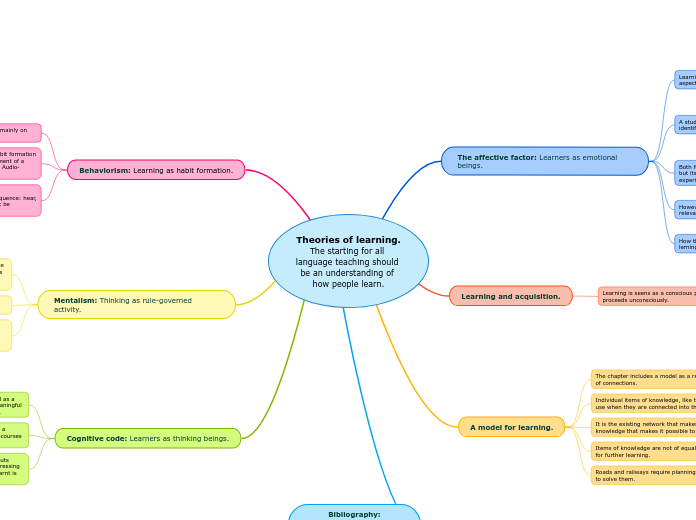arabera Leslie Rodríguez 4 years ago
401
Theories of learning. The starting for all language teaching should be an understanding of how people learn.

arabera Leslie Rodríguez 4 years ago
401

Honelako gehiago